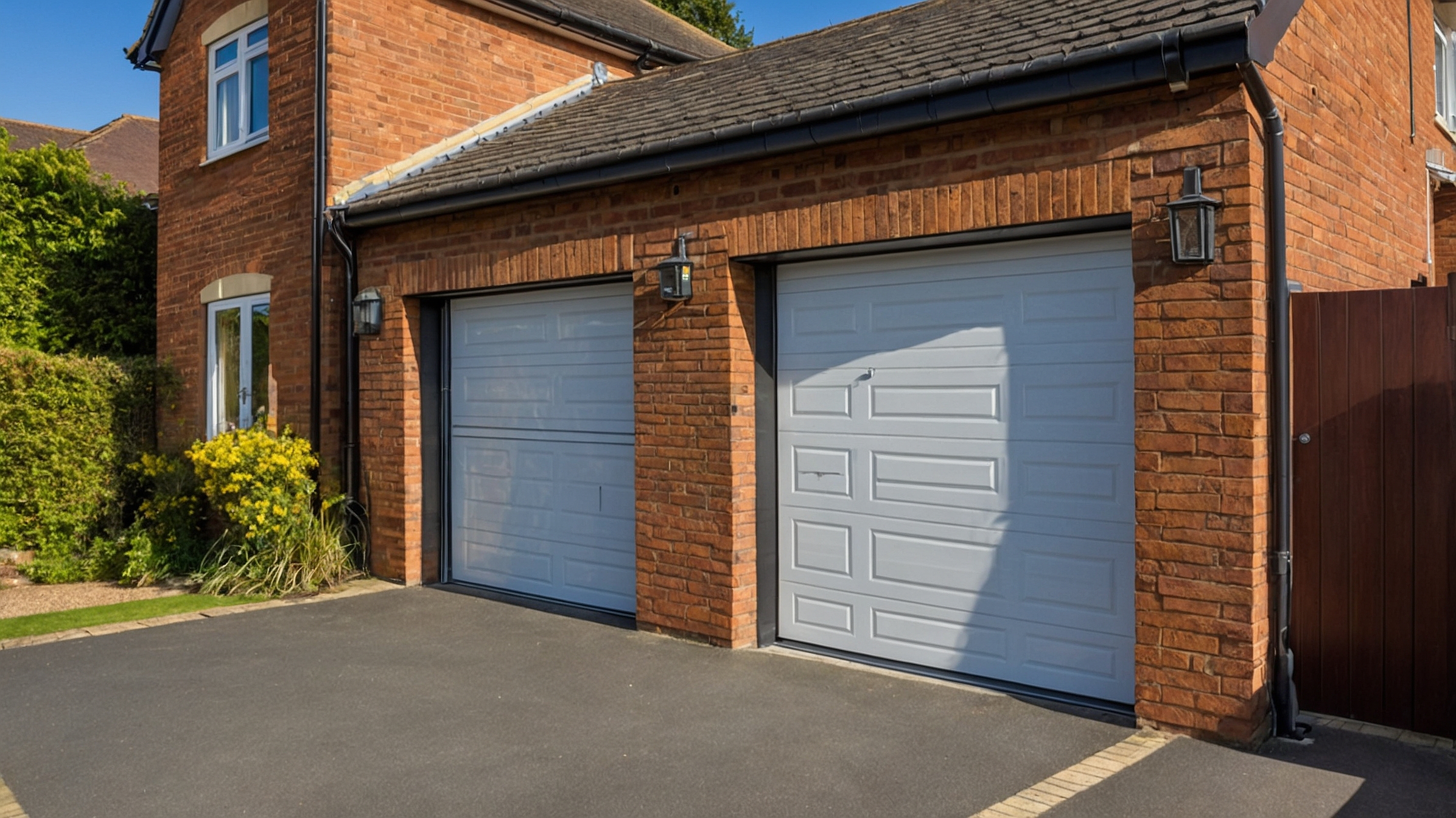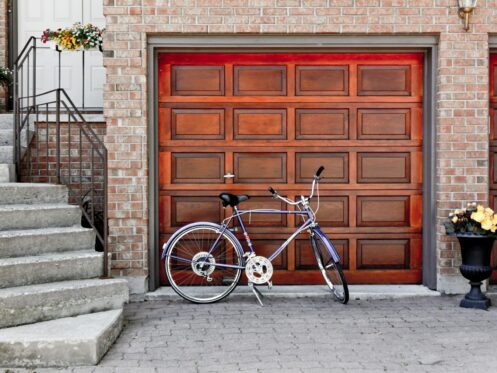Garage door opener not responding or stuck during a blackout? Don’t panic. Most garage doors come with a manual release so you’re never locked in (or out).
In this quick guide, we’ll show you how to safely and smoothly close your garage door by hand, no tools, no stress, just a simple way to stay in control when tech fails.
How to manually close a garage door?
To manually close a garage door, disengage the opener by pulling the release cord. Then, carefully lower the door, ensuring it is fully closed and secure before locking it.
Key Takeaways
- Knowing how to manually close a garage door is essential for emergencies or power outages.
- Most garage doors have a manual release mechanism to disconnect the door from the opener.
- Always ensure the door is properly balanced and secure when manually operated.
Why Would You Need to Manually Close Your Garage Door?

There are several reasons why you might need to close your garage door manually:
Power Outage
If your power goes out, your automatic garage door opener won’t work, but you can still operate the door manually.
Broken Opener
Sometimes, your garage door opener may break or malfunction, and you need to close the door manually until repairs are made.
Emergency Situations
In case of an emergency, such as a malfunctioning garage door or system failure, manually closing the door may be your best option.
Regardless of the reason, knowing how to manually close your garage door ensures that you can secure your garage quickly and safely.
Step-by-Step Guide to Manually Closing Your Garage Door
If you need to manually close your garage door, follow these steps:
Step 1: Locate the Manual Release Cord
The first step is to locate the manual release cord. This cord is typically a red string or rope hanging from the trolley system that connects the garage door to the motor.
You will usually find this cord near the top of the door, close to the centre.
Tip: The manual release cord is often a bright red colour, so it’s easy to spot.
Step 2: Pull the Manual Release Cord
Gently pull the manual release cord down. This will disengage the door from the motor, allowing you to operate it by hand.
Depending on the model of your garage door, you may hear a clicking sound, which indicates that the mechanism has released the door from the opener.
Tip: Make sure to pull the cord all the way down to ensure that the motor is properly disengaged.
Step 3: Lift the Garage Door by Hand
Once the door is disconnected from the opener, you can begin to lift it manually.
Most garage doors are equipped with springs that make lifting easier, but they can still be heavy, especially if the door is large or made of heavy material.
If you’re having trouble lifting the door, take your time and lift slowly to avoid injury.
Tip: Make sure to stand on the side of the door while lifting to avoid injury if the door suddenly falls or moves unexpectedly.
Step 4: Secure the Door in the Open Position
If you need to leave the garage door open temporarily, ensure that it stays in place. Once lifted, the door should remain open unless it is being held by something.
In some cases, you may need to use a temporary support, such as a broomstick, to keep the door propped open.
Tip: Never leave the door open without securing it. A heavy garage door can pose a risk if it falls unexpectedly.
Step 5: Close the Garage Door
When you’re ready to close the door, gently lower it by hand. Be sure to lower the door slowly and carefully, avoiding any sudden movements.
Make sure the door is in alignment with the tracks as it moves down. This ensures that the door closes securely and does not become stuck.
Tip: If the door is difficult to close, check the tracks for any debris or obstruction that might be preventing smooth movement.
When Should You Call a Professional?
While manually closing your garage door is a helpful skill to have, there are some situations where it’s best to call a professional:
Stuck or Misaligned Doors
If your garage door is difficult to lift or close, or if it’s misaligned, there may be an issue with the tracks, rollers, or springs. This requires the expertise of a professional to avoid further damage.
Broken Springs or Cables
If the door is too heavy to lift or if you notice any broken cables or springs, it’s important to call a professional.
Trying to lift a garage door with a broken spring or cable can be dangerous and may cause further damage.
System Malfunction
If the motor or opener is malfunctioning and you are unable to release the door manually, it’s time to call a professional to inspect the system and make any necessary repairs.
Frequently Asked Questions (FAQs)
1. How do I release my garage door from the opener?
To release your garage door from the opener, locate the red manual release cord and pull it down. This disconnects the door from the opener, allowing you to operate it manually.
2. Is it safe to lift the garage door manually?
Lifting the garage door manually is safe as long as you take precautions. Be sure the door is properly aligned, and don’t force it if it feels heavy or difficult to lift. If the door is too heavy, call a professional.
3. How often should I maintain my garage door?
It’s recommended to perform maintenance on your garage door every six months to ensure it operates smoothly. Regular checks for lubrication, wear, and alignment can prevent issues down the line.
Conclusion
Knowing how to manually close your garage door is an essential skill, especially in situations where the power goes out or the opener malfunctions.
By following the steps outlined above, you can quickly and safely open and close your garage door without the use of an automatic opener.
For long-term reliability, don’t forget to maintain your garage door with regular inspections and lubrication.
And if you encounter any complex issues, don’t hesitate to call a professional to ensure your garage door operates smoothly and safely.

